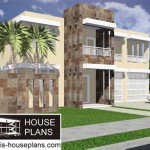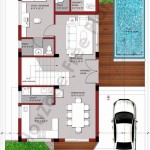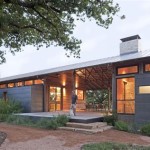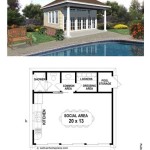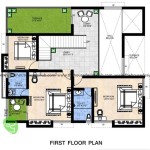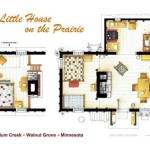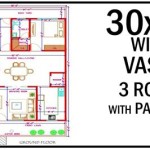Essential Aspects of Plans For Tiny Homes On Trailers
Tiny homes on trailers have become increasingly popular in recent years, offering a unique blend of affordability, sustainability, and mobility. Whether you're a minimalist seeking a simplified lifestyle or an adventurer seeking off-grid living, designing a tiny home on a trailer can be an exciting and fulfilling endeavor. However, to ensure a successful outcome, it's crucial to consider several essential aspects during the planning process.
Trailer Selection: A Solid Foundation
The foundation of your tiny home is the trailer upon which it will rest. Choosing the right trailer is essential for ensuring stability, safety, and towing compatibility. Consider the weight capacity, length, width, and axle configuration that best suit your needs. Additionally, choose a trailer designed for tiny homes, which will feature reinforced framing and tie-downs.
Layout Optimization: Space Efficiency
Given the limited square footage of tiny homes, maximizing space efficiency is paramount. Plan your layout carefully, considering the placement of appliances, furniture, and storage solutions. Utilize vertical space with lofts, built-in shelving, and under-storage compartments. Open floor plans and multi-functional furniture can also create a sense of spaciousness.
Utilities and Connectivity: Essential Amenities
While living off-grid may be part of the tiny home dream, certain amenities are essential for comfort and functionality. Plan for electricity through solar panels, generators, or shore power connections. Consider water storage and filtration systems, as well as propane or natural gas for cooking and heating. Internet connectivity can also be a necessity, which may require cellular boosters or satellite internet.
Materials and Insulation: Comfort and Durability
The materials used in the construction of your tiny home will impact its durability, comfort, and energy efficiency. Choose lightweight and durable materials such as steel framing, composite siding, and metal roofing. Proper insulation is essential for maintaining a comfortable temperature year-round. Consider spray foam, fiberglass batts, or cellulose insulation for effective thermal regulation.
Ventilation and Natural Light: Healthy Living
Adequate ventilation is crucial for air quality and moisture control. Install windows, vents, and skylights to allow for natural airflow and sunlight. Cross-ventilation can effectively remove moisture and stale air. Natural light can also brighten and expand the interior space, creating a more inviting atmosphere.
Legalities and Building Codes: Safety and Compliance
Before embarking on your tiny home journey, research local building codes and regulations. Ensure your plans comply with safety standards and zoning requirements to avoid potential legal issues. Consider seeking professional assistance from an architect or engineer to ensure your design meets all necessary codes.
Conclusion
Planning a tiny home on a trailer is a multifaceted process that requires careful consideration of various aspects. From trailer selection to layout optimization, utilities to materials, and legalities to ventilation, each element plays a vital role in creating a safe, comfortable, and functional living space. By thoroughly addressing these essential aspects, you can embark on your tiny home journey with confidence, turning your dream of a sustainable and mobile lifestyle into a reality.

Gives A Good Idea Of Tiny House Lengths Square Footage With Basic Layout Elements In Relation To Traditio Hauspläne Design Für Zuhause Wohne Im

Custom Plans Elevations Now Available Tiny House Basics

Tiny House Trailer Design An Engineering Case Study Example

Plans Purchase Healthy Homes

Tiny House Trailer Design An Engineering Case Study Example

Tiny Home Floor Plans Trailer Google Search House

Tiny House Floor Plans 32 Home On Wheels Design

Tiny House Plans The Project

Open Concept Rustic Modern Tiny House Framing S Spruc D Market

Free Tumbleweed Diy Tiny House Plans Houses

